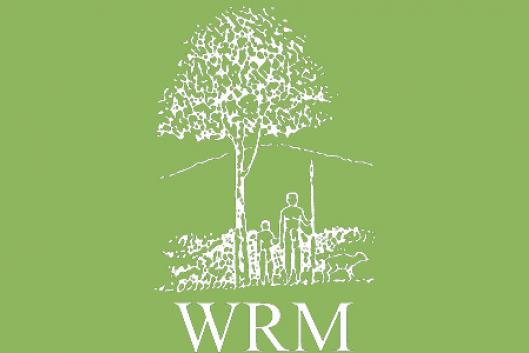To coincide with the World Parks Congress, the World Rainforest Movement and the Forest Peoples Programme, are launching a new book, “Salvaging Nature: Indigenous Peoples, Protected Areas and Biodiversity Conservation.” Written by FPP Director Marcus Colchester, the book provides a detailed review of the experience of indigenous peoples with protected areas and makes strong recommendations for how the current and all too prevalent conflicts between the two can be overcome.
The first National Parks, established in the USA in the mid-19th century, entailed the violent expulsion of indigenous peoples from their lands, by the army. Prejudice against ‘redskins’ and a notion that nature had to be conserved as ‘wilderness’, set aside by the State for recreation purposes, required the removal of residents (see next article).
This ‘colonial’ model of conservation has been exported to the rest of the world and for over a century provided the dominant paradigm for establishing protected areas. The impacts on indigenous peoples have been dire. Ironically, as many conservation organisations now agree, the impact on the environment has also been severe. Creating protected areas by expropriating indigenous territories, destroying indigenous cultures and making enemies of the local communities not only creates horrendous management problems, but also often disrupts viable, biodiversity enhancing customary systems of land use. Top-down conservation of this kind also exacts a heavy political cost, weakening customary institutions and reinforcing the power of the State, which may all too often lead to abuse of power and human rights violations.
The rise of the indigenous movement since the 1960s has radically changed the context in which protected areas are being developed. International law and other norms now recognise indigenous rights and accept that Indigenous Peoples are a ‘Major Group’ that should actively participate in decision-making. The Convention on Biological Diversity requires member States to respect ‘indigenous and local communities embodying traditional lifestyles’.
Since the 1970s, conservationists have made an effort to correct their approach and have sought new means of accommodating indigenous peoples in protected areas, through establishing Biosphere Reserves, promoting Buffer Zones, experimenting with Integrated Conservation and Development Programmes and implementing Co-Management schemes. Too often these initiatives have failed to bring lasting benefits to local communities, largely because they have not build on customary institutions, have failed to recognise indigenous land rights and have not entrusted the indigenous peoples with management authority.
In the mid-1990s, a more serious policy shift was promised, which was welcomed by indigenous peoples. In a few areas, rights have been restituted, indigenous authority re-established and new partnerships based on trust between indigenous peoples and conservationists have been forged. Unfortunately, surveys show that these new policies, which accept indigenous peoples’ rights, are being applied in only a few areas. Most national conservation laws and policies are stuck in the old model of ‘Fortress Conservation’. Formidable, legal and institutional obstacles remain to be overcome if the new model of conservation is to gain currency (see previous article on Protected Areas and Indigenous Peoples).
There are currently some 60,000 protected areas in the world, the majority of which have been established on indigenous peoples’ lands without their consent. The conservation movement must give priority to addressing these peoples’ concerns if the protected area movement is to retain, or regain, its credibility.
Source: “Salvaging Nature: Indigenous Peoples, Protected Areas and Biodiversity Conservation”, by Marcus Colchester. The book, published by WRM/FPP is also available in Spanish and French. For copies of the book please contact: info@fppwrm.gn.apc.org or wrm@wrm.org.uy
